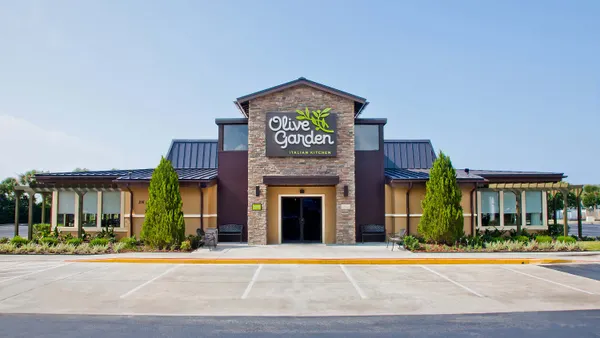Dive Brief:
- Subway is expanding its partnership with media brand Tastemade and has launched its first "Inspired by Tastemade" menu item, the Green Goddess Tuna Melt, in the U.S., according to a company release. The sandwich will be available in more than 3,000 stores through April 24.
- The QSR sandwich chain is hoping to offer more locally-relevant menu items and to tap innovation to give the restaurant a more competitive edge by leveraging Tastemade’s ability to aggregate data on consumer preferences.
- The duo first partnered last year to develop unique menu offerings in North America and Latin America, resulting in the creation and testing of hundreds of new menu items made using Tastemade’s data and insights.
Dive Insight:
Restaurants have always been eager to figure out exactly what consumers want, and data science is making that easier today than ever before. Tastemade offers Subway a marketing service that it may not necessarily have the capacity to build in-house. Through its global audience of more than 250 million monthly viewers, Tastemade has cultivated a community of influencers and food enthusiasts that it refers to as "tastemakers" to gain better insight into the flavors and foods local communities crave.
Focusing on local food is a smart way for restaurant chains to differentiate, since 66% of American consumers report they are more likely to eat at a restaurant that serves locally sourced food items. The demand is expected to generate a whopping $20 billion in local food sales this year. Folded into the local food craze is the sentiment that eating local means eating healthier. Consumers across the board are seeking natural, clean label ingredients, which may shed light on why Subway opted for a Green Goddess-themed tuna melt — the dressing is known as a healthier option than other calorie-heavy dressings.
Subway isn’t the only player in the restaurant space that's keen to see whether cold hard data can make a marketing difference. Last year, digital reservation service Resy partnered with restaurant software startup Upserve to provide restaurants with more insight into consumer patterns — including how long they stayed, how many times they’ve dined at the restaurant and the most popular offerings at the location. In 2017, Uber Eats rolled out a new tool called Restaurant Manager that helps restaurants gain more insight into daily order volume, delivery speed and their overall returns.
McDonald’s is also betting on big data, with a recent $3.7 million investment in New Zealand mobile app developer Plexure, providing the fast food chain with enhanced access to the startup’s technology, including digital tools to improve customer targeting. In the prior week, it also announced the acquisition of Dynamic Yield, a tech company offering personalization and decision logic, to give its drive-thrus a data-driven upgrade.
Beyond these partnerships, restaurants, by and large, are collecting as much data as they can on consumer purchasing patterns. Starbucks offers free Wi-Fi, but only after a guest provides his or her personal information including a full name, email address and zip code, which it then uses to send promotional offers, for example.
Subway has been working hard to revamp its image, launching its digital-focused Fresh Forward initiative last year to give its restaurants and the customer experience it offers a makeover. One of the biggest pillars of the program is finding more digital means to connect with consumers and to create a more convenient and modern dining experience. The chain's partnership with Tastemade could help further engage these diners, and help establish a reputation for culinary creativity.








